The earth we know today is a palimpsest of epochs and eras, written in stone and fossilized remains. These natural archives open windows to worlds long vanished, populated by creatures unlike any alive today. Over the centuries, scientific discoveries of these fossils have expanded and transformed our understanding of prehistoric life. Here, we delve into eight intriguing fossils that have left indelible marks on the annals of paleontology.
1. Lucy: The Australopithecus Afarensis
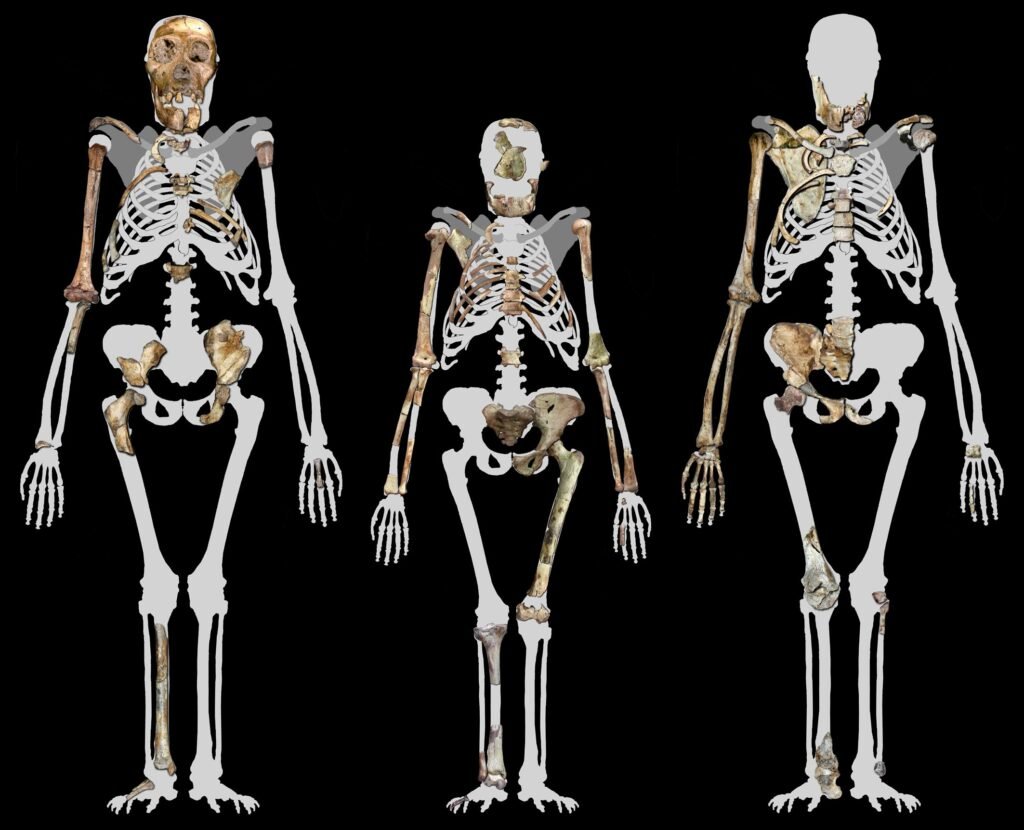
Discovered in 1974 by anthropologists Donald Johanson and Tom Gray in the Awash Valley of Ethiopia, Lucy is a 3.2 million-year-old fossil that represents one of the oldest and most complete hominins ever found. Lucy has provided crucial evidence of bipedalism in early human ancestors, challenging previous hypotheses about human evolution. Her discovery illuminated the complexities of our evolutionary path, suggesting that walking upright may have preceded the development of larger brains.
2. Archaeopteryx: The Feathered Dinosaur

The Archeopteryx fossil, unearthed in the late 19th century from limestone quarries in Germany, is often heralded as the “missing link” between dinosaurs and modern birds. With features of both avian and dinosaurian lifeforms, this feathered creature offered significant evidence of the evolutionary transition. Its blend of reptilian traits, like a long bony tail and teeth, with avian characteristics such as feathered wings, supports the theory that birds evolved from theropod dinosaurs.
3. The Iguanodon: Champion of Dinosaur Discovery
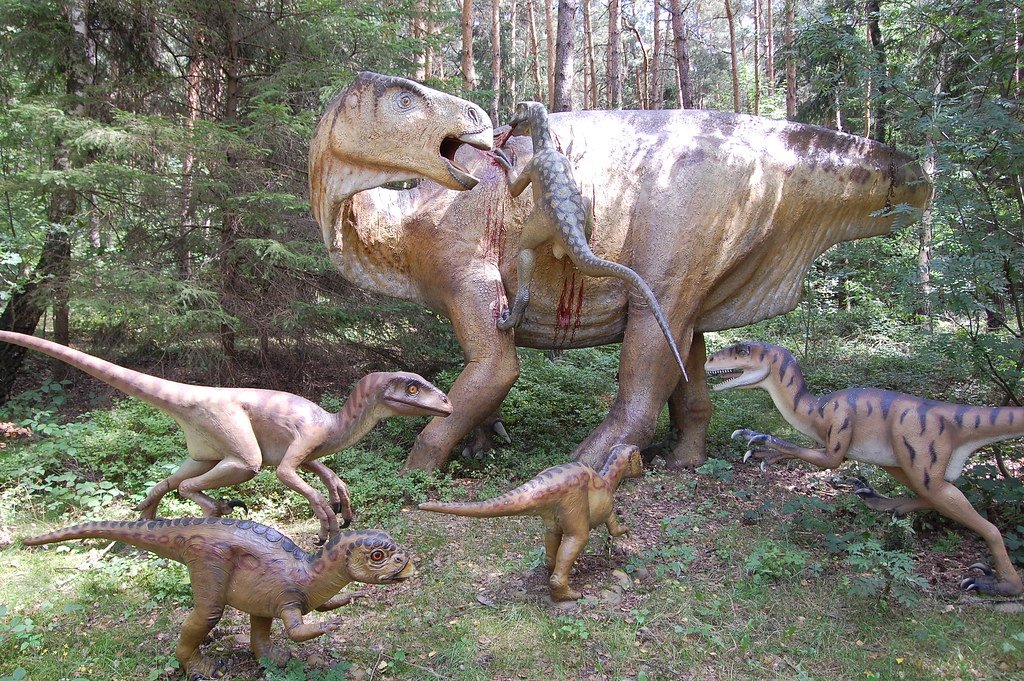
During the early 19th century, fossil teeth found in England led to the identification of the Iguanodon, marking one of the first recognized dinosaur species. The name itself, meaning “iguana tooth,” reflects its iguana-like structure. This herbivorous dinosaur helped shape the initial conceptual formations of what dinosaurs could look like and live. It was instrumental in cementing the concept of “dinosaurs” as a distinct group of ancient reptiles.
4. The Trilobites: Indicators of Ancient Seas
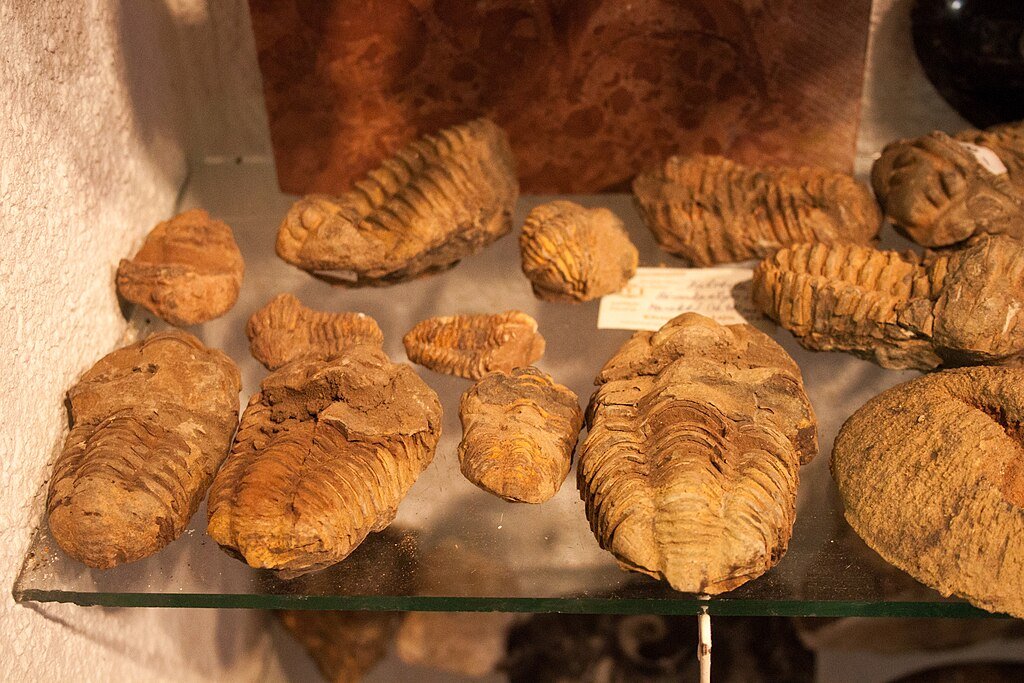
Diversely thriving from 520 to 250 million years ago, trilobites were marine arthropods that dominated Earth’s seas. Their extensive fossil record, found worldwide, has made them taxonomic beacons of Paleozoic ecosystems. Through their diverse morphologies and wide geographical distribution, trilobites have imparted insights into evolutionary biology, geology, and ancient sea environments.
5. Tiktaalik: Bridging Fish and Tetrapods
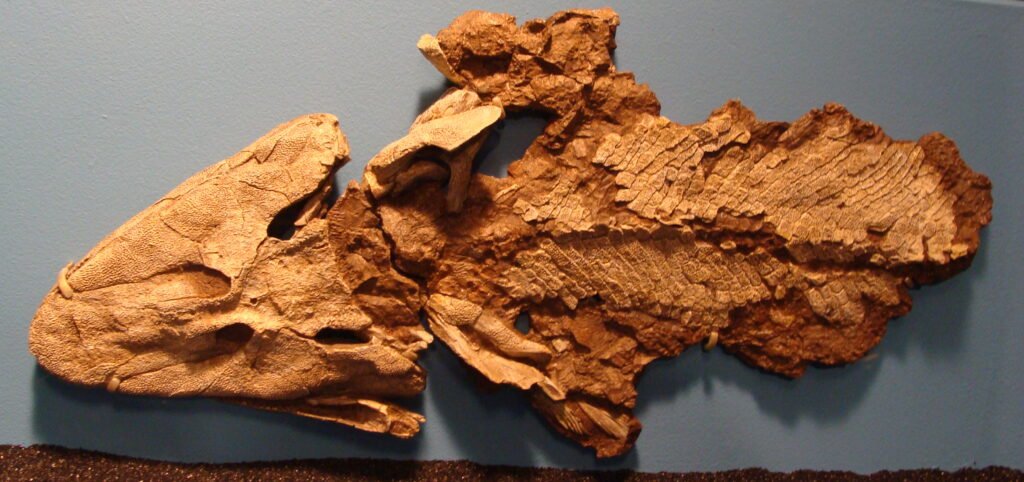
The Tiktaalik fossil is an extraordinary find from Ellesmere Island in Canada, unearthed in 2004, bridging the gap between aquatic life and land-dwelling vertebrates. Sporting characteristics of both fish and early tetrapods, Tiktaalik boasted both gills and primitive lungs, demonstrating the evolutionary leap from water to land. It carried fins with wrist-like structures, indicating the first moves toward limb development necessary for terrestrial living.
6. The Woolly Mammoth: Giants from the Ice Age

Frozen within the icy realms of Siberia, the preserved remains of woolly mammoths have fascinated scientists and the public alike. These remnants from the recent past—approximately 5,000 years ago—offer insights into Earth’s glacial periods and the lives of these majestic mammals. Their DNA teaches us about species adaptation to cold environments and supports studies into climate change and species extinction dynamics.
7. Australopithecus Sediba: A Pivotal Ancestor
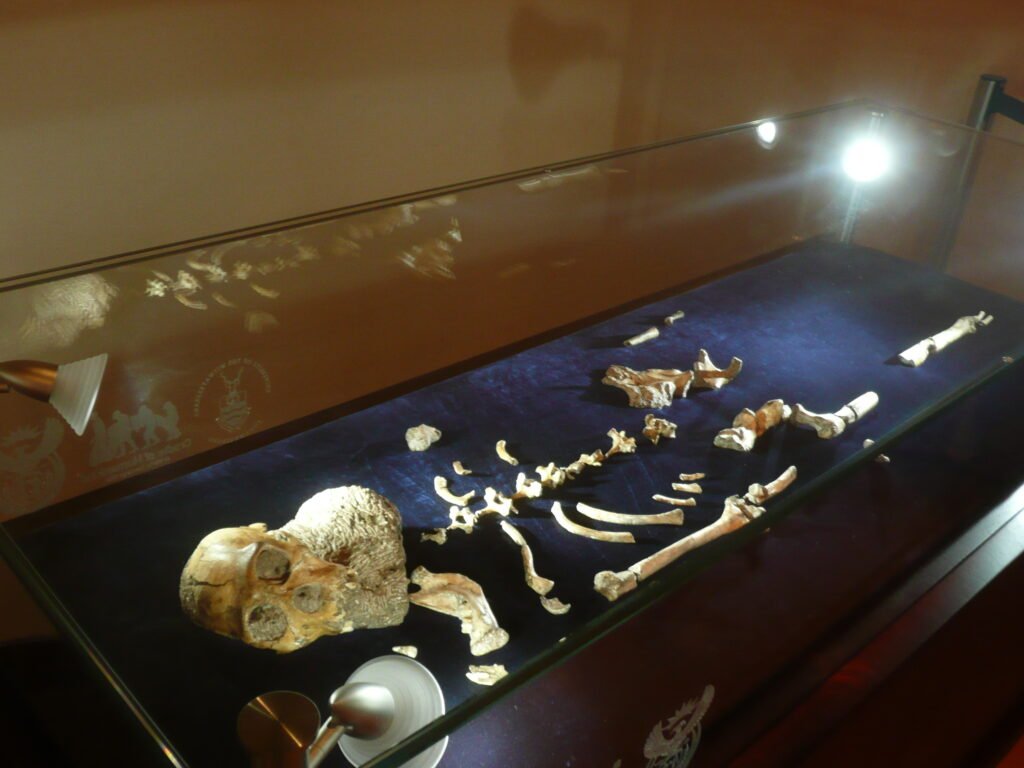
Australopithecus sediba is a remarkable hominin find from South Africa, dated to be about two million years old. With a mixture of Australopithecus and Homo features, it provides an essential puzzle piece in understanding the transition from early hominins to modern humans. Its discovery in 2008 challenged and enriched our perspective on how these species interacted and evolved.
8. Spinosaurus: The Water-Loving Predator
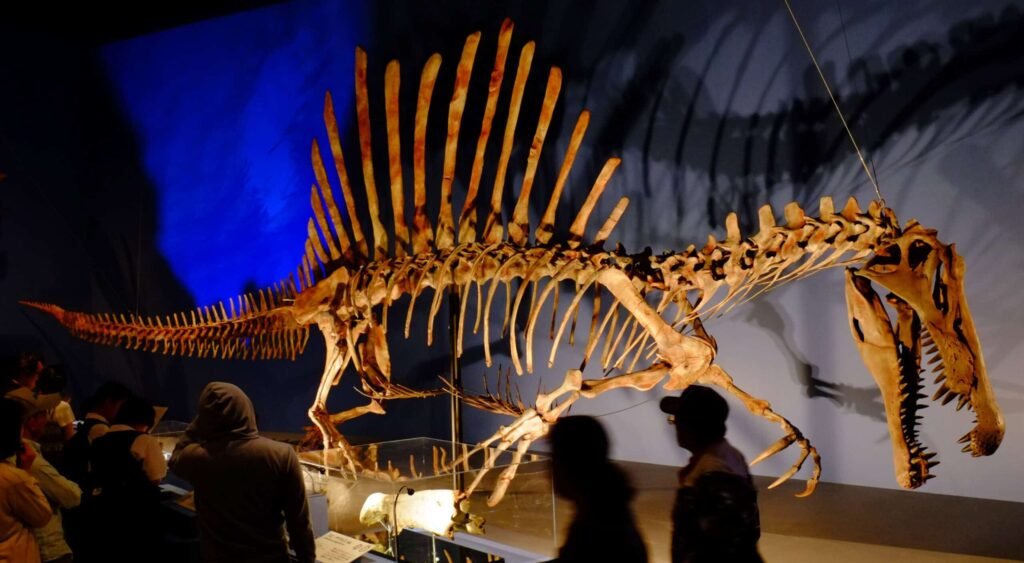
Spinosaurus is renowned for being one of the largest and most enigmatic carnivorous dinosaurs. The discoveries originating from North Africa showed features like elongated spines forming a sail and adaptations that suggested a semi-aquatic lifestyle, a first for large dinosaurs. Spinosaurus expanded our understanding of dinosaur ecology and adaptability, highlighting not all large predators were purely terrestrial.
Each of these fossils carries a piece of the vast puzzle of life on Earth, enhancing our comprehension of evolutionary tales. Through careful study, these ancient relics have transformed speculative theories into evidence-backed narratives, continually refining our knowledge of life’s history. Fossils remain invaluable threads connecting us to distant epochs, reminding us of the diverse and dynamic story of life that shapes our present and inspires our future.




